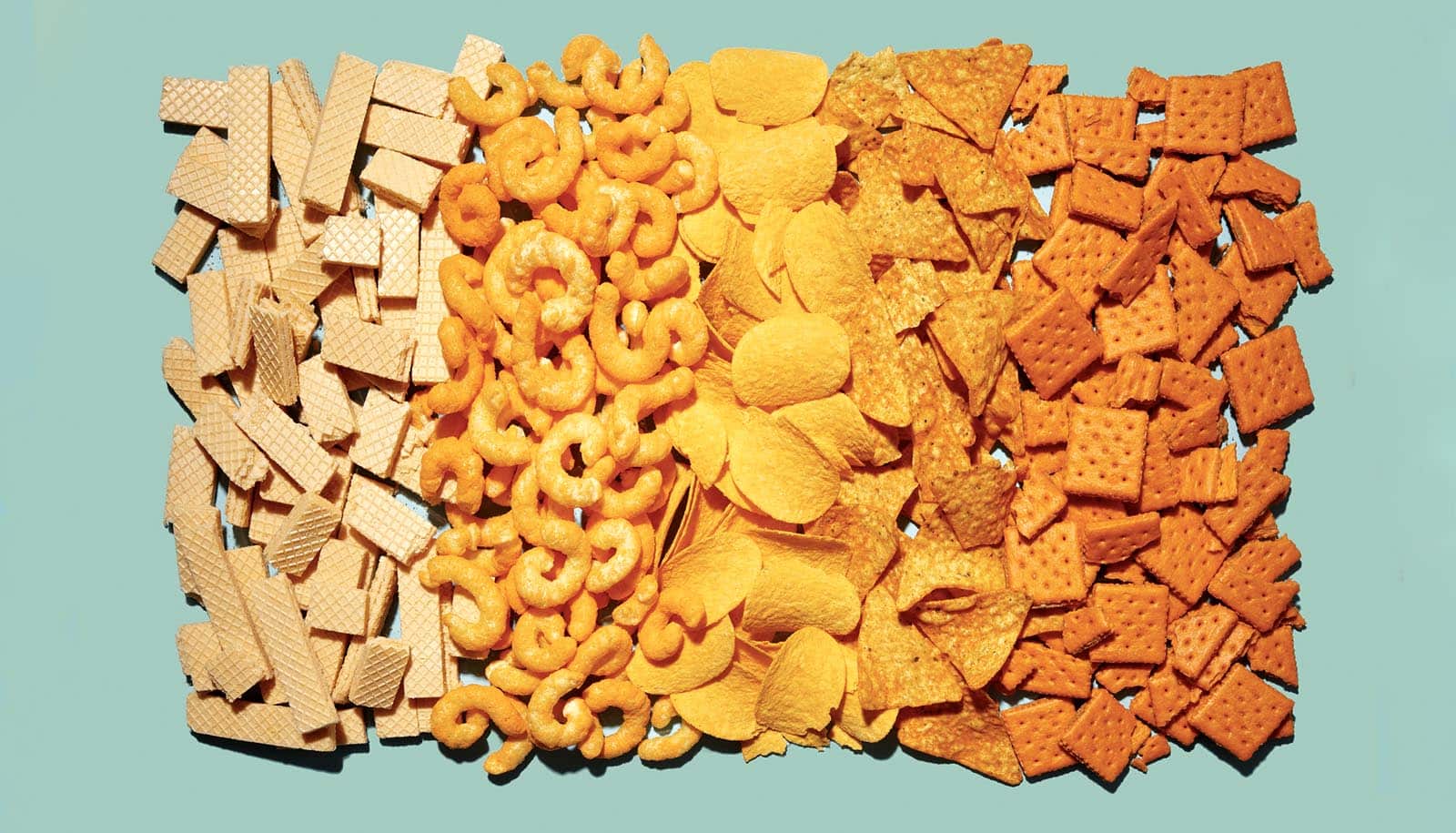The slender book, with playful drawings and heaping helpings of humor, is geared toward young cooks or those young at heart who want to explore the many shapes and sizes of pasta, and get advice on the best ways to use each one.
Get the recipe: Cheesy Pasta and Pancetta Frittata
Guarnaccia, author and illustrator of numerous children’s books, includes pithy little asides like: “In this book, we talk about pasta ears, tongues and elbows. There is also a pasta that is like little belly buttons,” referring to tortellini. He explains that tortellini actually translates as “little cakes,” and recommends tossing them with green goddess dressing.
If you’ve got a little pasta lover in the house, or just want an easy guide to its many, many variations, this cookbook might be just the thing. It’s breezy and fun, but filled with sound advice and bits of history. There’s a basic pasta recipe for those who want to make their own and tips for how to stock a pantry so one can make a variety of Italian dishes. Each pasta shape is described and then paired with a recipe.
For the frittata, Guarnaccia recommends cavatappi as his favorite, but suggests any small pasta tubes, such as penne or ditalini, will do.
I made this recipe several times. First, I followed Guarnaccia’s formula with cavatappi, pancetta cubes and parmesan. Then, I scavenged one night and tried it with a small portion of leftover cooked elbow pasta, a few thick slices of bacon pulled from the freezer, and a couple of seen-better-days broccoli stalks that I chopped up. For the cheese, I used grated cheddar.
Finally, I followed another of his suggestions and added a cup or so of leftover spaghetti in a meaty sauce as well as a handful of green peas and more parmesan to my frittata. Each was good and different from the other, turning this into my new little go-to recipe for when I’m stymied in the kitchen.
Guarnaccia’s cookbook may be aimed at kids (in the orecchiette chapter, he invites readers to “imagine sharing your secrets with a plate of pasta”), but it drew me in, too, with its winsome drawings and straightforward approach to getting food on the table.
As he notes, “Cooking is fun because you can prepare food exactly how you like it and then you get to eat what you made.”
Like this little cookbook, that statement is simple, true and offers a delightful perspective.
Get the recipe: Cheesy Pasta and Pancetta Frittata


